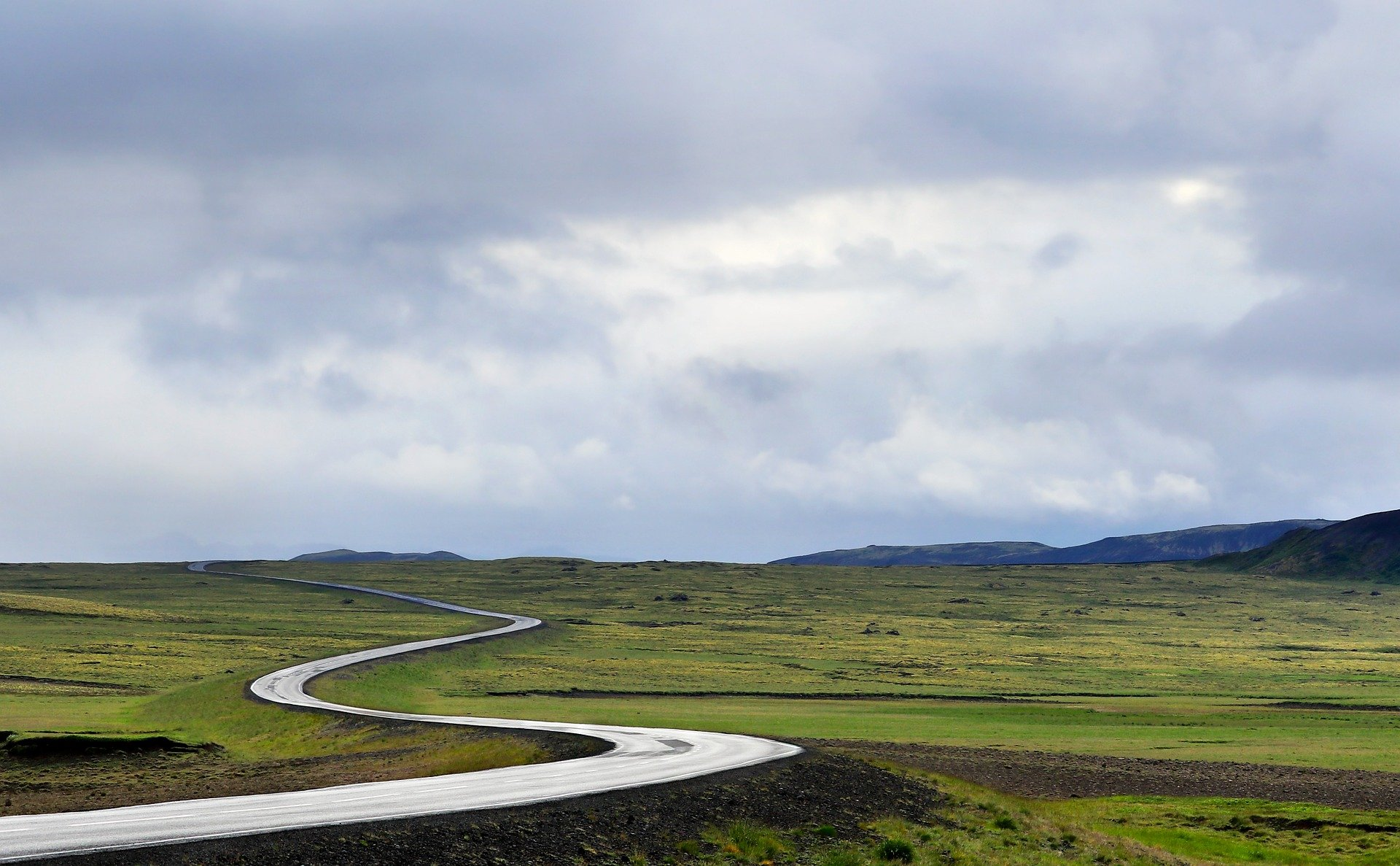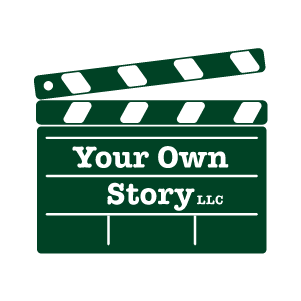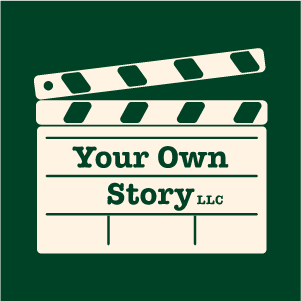Time-Binding: How Storytelling Makes Us Human
Storytelling isn’t just something we do—it’s (literally) part of what makes us human. There’s a term from sociology and anthropology that captures this perfectly: time-binding; and it brings me to my favorite anecdote for when people ask how I got into my line of work.
Coined by philosopher and scientist Alfred Korzybski in the 1930s, “time-binding” refers to the uniquely human ability to pass knowledge, experiences, and discoveries from one generation to the next. Unlike animals, who may adapt through instinct or imitation, people learn through communication—through symbols, language, and stories.
In other words, we don’t have to start from scratch. We can build on the past. We can learn from those who came before us. That’s time-binding.
But here’s the fascinating (and my favorite) part: humans were telling stories long before we had spoken language. Before there were alphabets or books (or professionally crafted legacy videos), human beings were telling stories—through images.
Think of cave paintings. Thousands of years ago, people painted on stone walls to document hunts, record experiences, and share rituals. They look amazing, but they weren’t just decorations—they were messages. Visual stories. They were the first legacy videos, in a way: attempts to preserve knowledge, mark identity, and connect one generation to the next.
So, if it took “cave dad” the majority of his life to master fire, the right pictures painted on the wall could allow his children to do it in a fraction of the time—freeing their lives’ time to explore the next innovation.
These early forms of storytelling helped humans grow—not just biologically, but culturally and socially. When you know the story of your people, you don’t just survive. You build. You have context. You know where you come from, and what matters, and that orients you as you navigate the world. That’s the root of civilization.
Even today, children learn before they speak by watching, mimicking, and interpreting faces, gestures, and images. Visual storytelling is our first language.
That’s why I do what I do. Visual storytelling is not only part of how mankind left the caves, it’s also part of how children today find their first steps in the world (how cool is that??).
Now fast-forward to the present. In a world saturated with information and noise and “the loudest voice wins,” what stands out? I mean, actually stands out and makes an impact?
Real, personal stories.
Told with intention and emotion, and gratitude on both sides of the lens.
That’s what I put into your legacy video, that’s where my passion and my calling come together.
When you create a legacy video, you’re engaging in time-binding in its most powerful modern form. You’re taking the wisdom of a full life—your values, your struggles, your humor, your history—and packaging it in a way that your children and grandchildren can reflect upon with you today and, down the line, their children and grandchildren can receive, remember, and carry it forward.
You’re giving your descendants something more than a name to recall—you’re giving them your voice. Your expressions. Your point of view. You’re giving them continuity in the bigger picture that they're born into.
And just like those ancient cave paintings, you’re not just telling stories or marking a moment—you’re binding time, and giving fire to future generations.
To me, what I do is much more than filmmaking. I’m helping families participate in one of the oldest and most human practices there is: preserving wisdom for those yet to come.
Your story matters. And when it’s told the way it deserves, it becomes so much more than memory—it becomes a light that guides the way.


